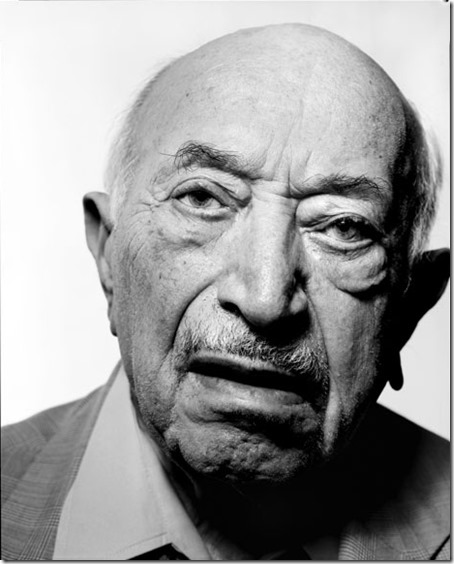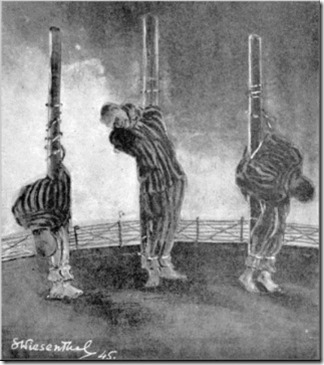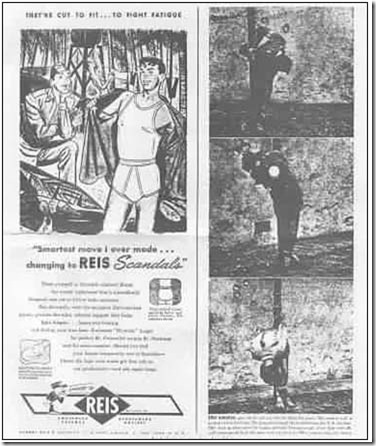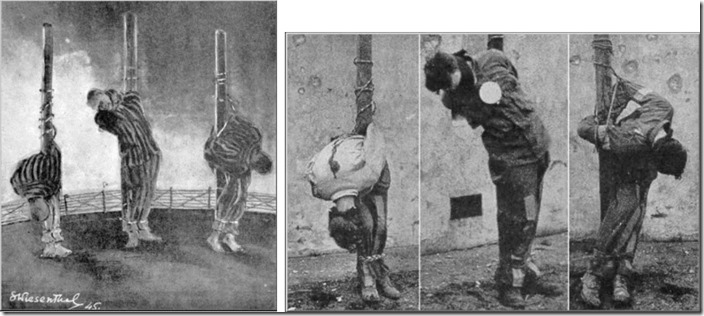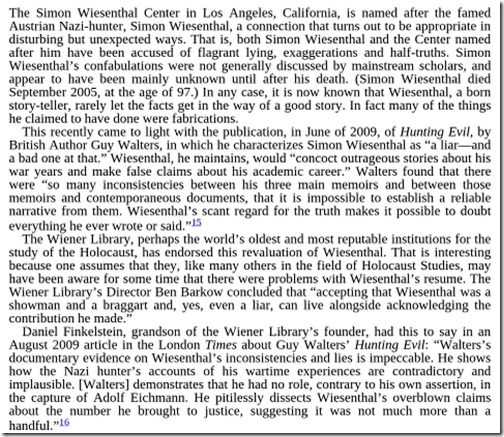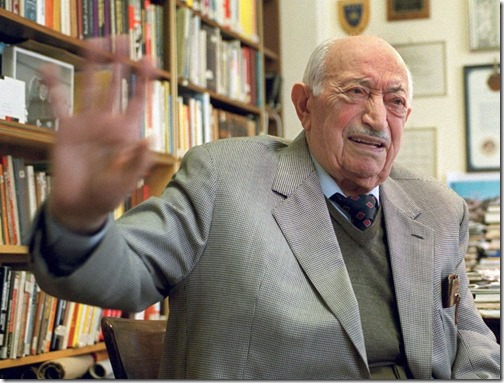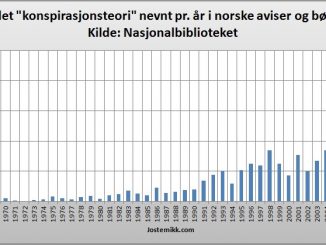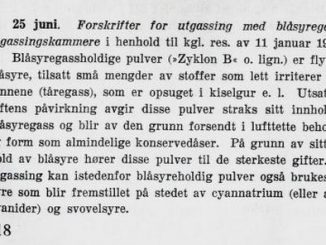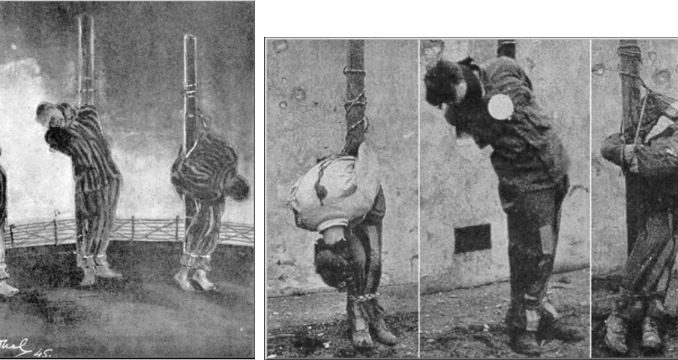
Simon Wiesenthal var et såkalt tidsvitne. Han var også nazi-jeger. En av frontfigurene til det som har blitt en sekulær religion, og en gigantisk pengemaskin for de utvalgte.
I boka KZ Mauthausen Bild und Wort (1946), har Wiesenthal begått et kunstverk etter et av minnene han hadde fra Mauthausen-leiren. Det viser et av tidsvitnets grusomme opplevelser da han bivånet at tre stakkars askenasier ble henrettet av nazistene.
Det er bare et problem. Selv ikke minnene til Simon Wiesenthal er ekte. I juni-utgaven av Life Magazine 1945, viste de bilder av tre tyske soldater som ble henrettet for å ha båret amerikanske uniformer da de ble tatt til fange.
Hvor motbydelig er ikke dette? Har noen sett en mer pervers form for «spøk» noen gang? Her er en sammenligning med bedre oppløsning/kvalitet.
Fra boka The Death of Judeo-Christianity, skrevet av Lawrence Swaim i 2012, sakser jeg dette:
Boka kan kjøpes hos Tanum.
Man kan juge så mye man vil så lenge løgnene er politisk korrekte
Mainstream medias rolle har vært å skjule fakta og presentere løgner som sannhet. I tiår har løgnene fått fritt spillerom, og de mange forsøkene blant ihuga revisjonister har blitt slått brutalt ned. Sannheten har dog en interessant egenskap. Den har det med å tvinge seg fram. Dette har ført til at Simon Wiesenthal ikke lenger er holocaust-industriens sikreste stikk, og dette har igjen ført til at mange historikere har begynt å så tvil om det meste av det stoffet som omhandler Simon Wiesenthal. Dette har muligens ført til et hig blant israelske akademikere til å ligge i forkant av avsløringene om hans mange løgner.
Spiegel Online – A Critical Look at Simon Wiesenthal: Examining the Legacy of the Nazi Hunter
A Critical Look at Simon Wiesenthal: Examining the Legacy of the Nazi Hunter
Until his death in 2005, Simon Wiesenthal was the world’s best-known Nazi hunter. But a new biography finds fault with the way he pursued his quarry and asks whether his «soaring ego» and «tendency to fantasize» actually got in the way of his mission.
The Nazi Hunter’s Other Side
Drawing attention to himself and his successes was the Nazi hunter’s modus operandi — and he became world-famous in the process. Having survived the Holocaust himself, Wiesenthal spent the next 60 years ferreting out Nazi war criminals who had managed to disappear.
Indeed, Wiesenthal’s tireless search turned him into a celebrity. He was portrayed as a hero in films, American presidents invited him to the White House, and dozens of universities awarded him honorary doctorates.
But there was also another side to the Nazi hunter: He used questionable methods. He took credit for the achievements of others. And, over the years, he succeeded in antagonizing many people who actually shared the same goals.
Wiesenthal died at the age of 96 in 2005. A new book does not paint a positive picture of the Nazi hunterThis side of Wiesenthal is presented in «Simon Wiesenthal: The Life and Legends,» a new biography by Tom Segev, an Israeli historian and journalist. Although Segev describes Wiesenthal as a «brave man who launched some breathtaking ventures,» he also writes that Wiesenthal had a «soaring ego» and a harmful «tendency to fantasize.»
Concocting Stories
In 1960, after tracking down Eichmann in Buenos Aires, Mossad agents took him to Israel. When Eichmann’s trial began in Jerusalem, Wiesenthal published a book entitled «Ich jagte Eichmann» («I Hunted Eichmann»). Given the fact that it was an armada of researchers and intelligence agencies that hunted down the Nazi war criminal, rather than just Wiesenthal by himself, the title was a bit of a stretch. Still, Wiesenthal did play a key role: Several years earlier, in 1953, it was he who had alerted the Israelis that Eichmann was living in Argentina.
Nevertheless, much of the other information Wiesenthal provided was wrong, such as his conclusions on the whereabouts of the Nazi concentration camp doctor Josef Mengele. Information he provided once sent a reporter working for the German magazine Quick to the Greek island of Kythnos. When the journalist returned empty-handed, Wiesenthal claimed that Mengele had left the island only 12 hours earlier. In reality, though, Mengele was in Brazil — one of the few countries Wiesenthal had never mentioned — where he died in a swimming accident in 1979.
Wiesenthal also concocted legends surrounding the story of the Holocaust and his own suffering. It was years before he corrected a claim he made after the war that the Nazis had used the bodies of dead Jews to make soap. Similarly, the number of camps he was supposedly interned in grew over time — until the list eventually included 12 camps, including Auschwitz.
In one of their memorandums, even the Israelis found that he was a «publicity hound» and complained that he often made assertions that couldn’t be proven. The memo hinted that he was egomaniacal and was addicted to publicity.
Norsk Wikipedia mot svensk Wikipedia om Wiesenthal
Norsk Wikipedia klarer på elegant vis å unnlate å nevne noe om kontroversen i forbindelse med Wiesenthals årelange påstander om egen rolle i jakten på Eichmann:
Simon Wiesenthal (født 31. desember 1908 i Buczacz i Østerrike-Ungarn, død 20. september 2005 i Wien) var en østerriksk nazist-jeger. Wiesenthal overlevde holocaust, og egnet senere mesteparten av sitt liv til å oppspore nazistiske krigsforbrytere. En av de mest kjente som ble funnet av Wiesenthal, var den tidligere Gestapo-offiseren Karl Silberbauer, som var ansvarlig for arrestasjonen av Anne Frank.
I april 2003 annonserte Wiesenthal at han gikk over i pensjonistenes rekker, da det ikke lenger var nazister å jakte på. Ifølge Wiesenthal er det kun én betydelig nazistisk krigsforbryter som fortsatt lever; Alois Brunner, som var Adolf Eichmanns høyre hånd. Ifølge flere kilder lever Brunner i skjul i Syria.
Wiesenthal ble tildelt Presidentens frihetsmedalje 9. august 2000 av president Bill Clinton. I 2004 ble han utnevnt til ridderkommandør avOrder of the British Empire.
Den svenske Wikipedia-artikkelen kommer fra det med vesentlig mer ære i behold:
Wiesenthal fick även utmärkelser och beröm från olika håll. Han sägs under åren ha bidragit till att ett stort antal krigsförbrytare ställts inför rätta, bl.a. Klaus Barbie, Peter Menten,Hermine Braunsteiner och Karl Silberbauer. Wiesenthals roll i spårandet av Adolf Eichmann är kontroversiell — flera israeliska agenter säger sig inte ha haft någon hjälp av Wiesenthal utan tvärtom ha fått felaktig och missvisande information från honom [1]. Wiesenthal försökte även utan framgång spåra upp en av Eichmanns närmaste män, Alois Brunner.

